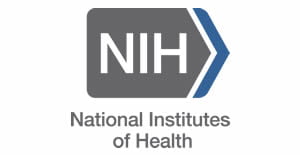RSS feed source: National Institute of Health
Participating Organization(s)
National Institutes of Health (NIH)
Components of Participating Organizations
National Institute on Drug Abuse (NIDA)
National Institute on Aging (NIA)
National Institute on Alcohol Abuse and Alcoholism (NIAAA)
Eunice Kennedy Shriver National Institute of Child Health and Human Development (NICHD)
National Institute of Dental and Craniofacial Research (NIDCR)
National Institute of Environmental Health Sciences (NIEHS)
National Institute of Mental Health (NIMH)
National Institute of Nursing Research (NINR)
National Center for Complementary and Integrative Health (NCCIH)
Tribal Health Research Office (THRO)
All applications to this funding opportunity announcement should fall within the mission of the Institutes/Centers. The following NIH Offices may co-fund applications assigned to those Institutes/Centers.
Division of Program Coordination, Planning and Strategic Initiatives, Office of Disease Prevention (ODP)
Office of Behavioral and
Click this link to continue reading the article on the source website.
